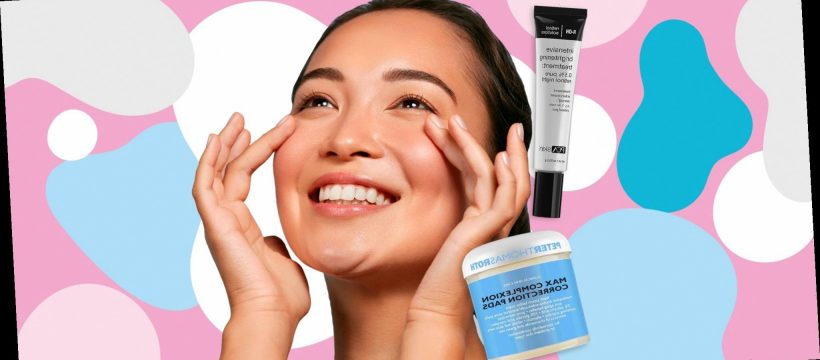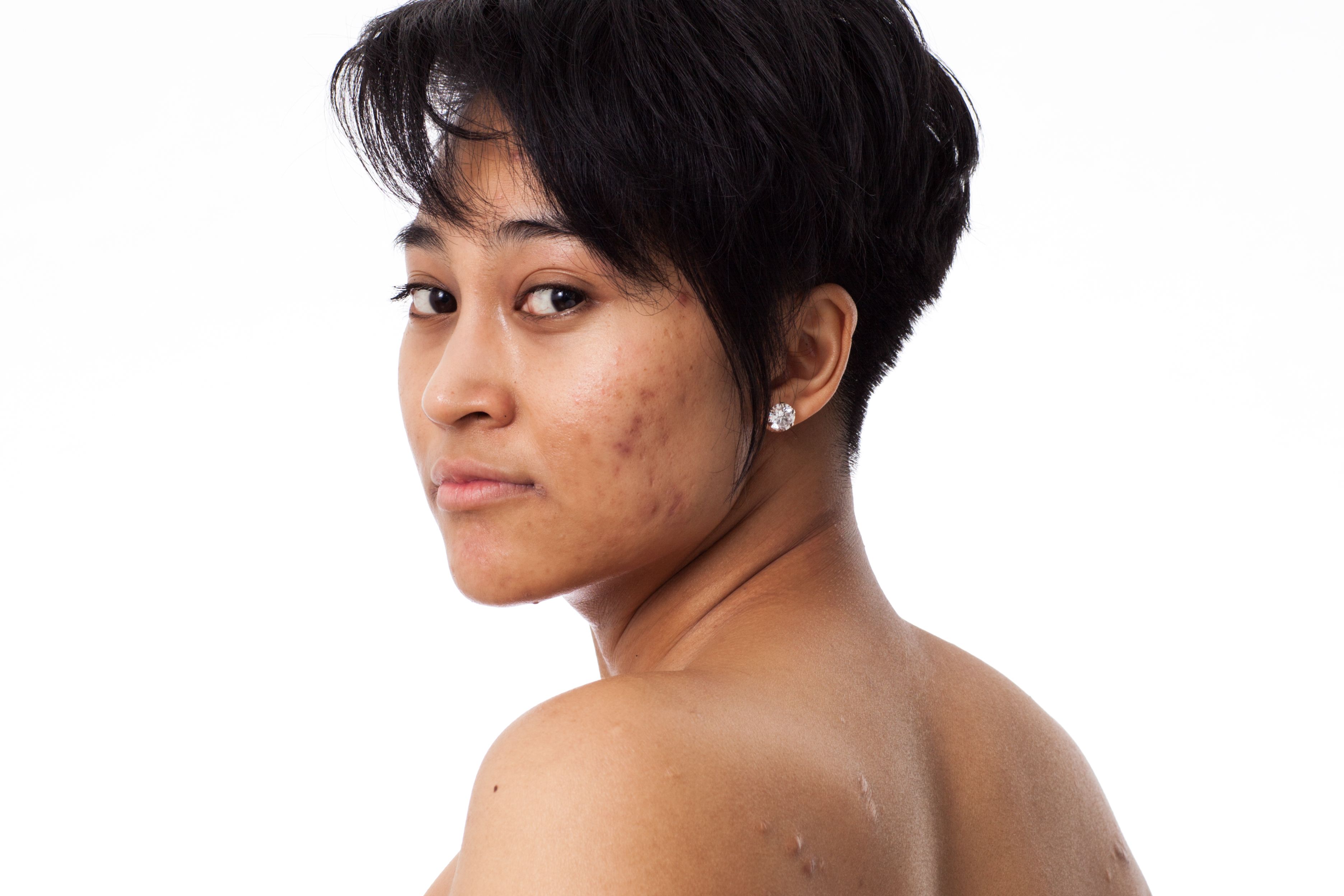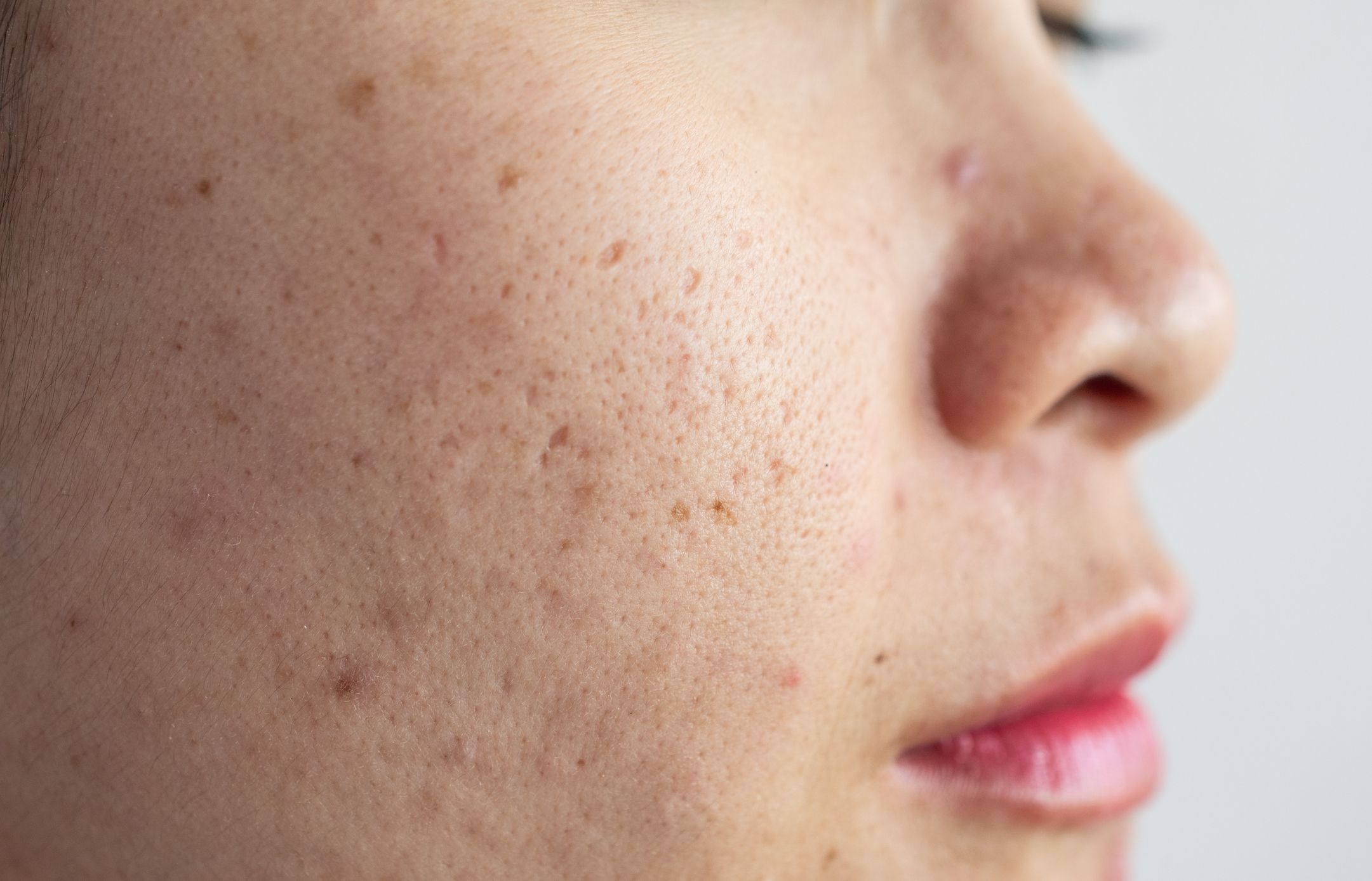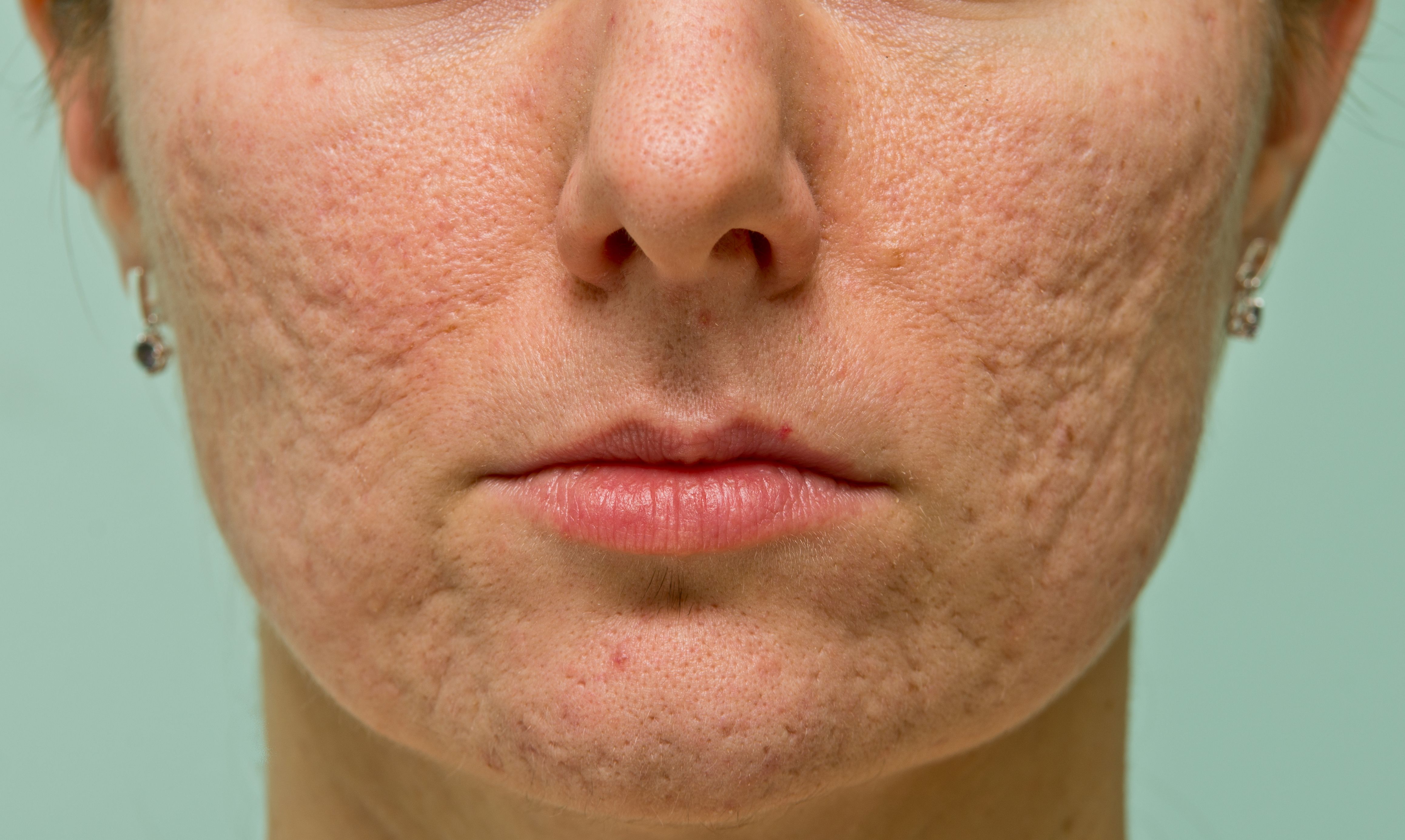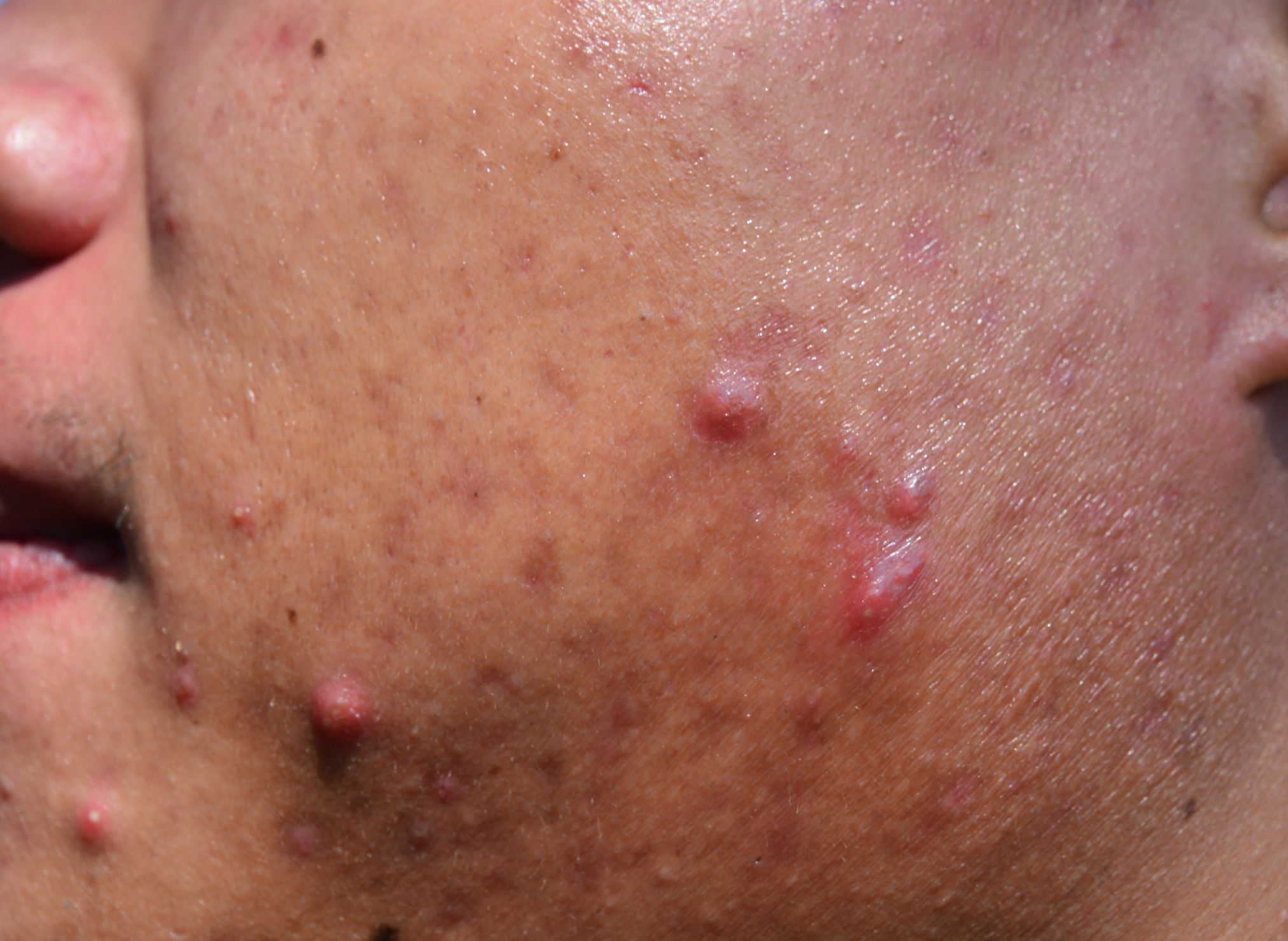What’s worse than a breakout? The unwanted parting gift it leaves behind, aka acne scars. The truth is that acne scars are super common for anyone who deals with breakouts. “A study showed that one third of acne patients experience scarring,” says Michelle Henry, MD, clinical instructor in dermatology at Weill Cornell Medical College. So…you’re not alone.
Scars show up as acne erythema—or red marks— in lighter-skinned patients, and as post-inflammatory hyperpigmentation—or brown marks—in darker skin tones, says Y. Claire Chang, MD, a dermatologist at Union Square Laser Dermatology in NYC. In some cases, skin texture can become permanently uneven and pitted.
All scarring stinks, but there are different types based on their appearance. The depth, width, and duration of an acne cyst will determine the type of scar. There are two types of acne scars, explains Ken Howe, MD, a dermatologist at Wexler Dermatology.
First, there’s hypertrophic acne scarring, where the scar tissue grows in lumps or bumps and creates what’s also known as keloid scarring. The second type is called atrophic acne scarring, which is when the scarred skin has been thinned out, resulting in holes, dips, or depressions.
If you want to get a little more technical, there are a few subtypes of atrophic acne scarring, including the below.
Sunken scars with smooth or wavy edges
Deep, sharply demarcated pits that look as if an ice pick literally damaged the skin
Sunken scars that have sharp, square edges
Raised scars, especially around the edges
Before you dive into how to get rid of acne scars (don’t worry—your complete guide is coming!), you need know why they happen.
What causes acne scarring?
“When a pimple forms [which causes a ton of inflammation], or when someone pops one, the skin tries to fight it off any the inflammatory cells,” explains Mona Gohara, MD, an associate clinical professor of dermatology at Yale School of Medicine and a Women’s Health advisor. Scars, which actually originate from the skin’s second layer called the dermis, are what’s left behind following all that disruption in your skin. As for the color of the scar, that’s all thanks to the way many skin types respond to inflammation and injury. Cells respond with discoloration, according to Rachel Nazarian, MD, a dermatologist at Schweiger Dermatology Group in NYC. “You can see this happen with insect bites, cuts, and yes, pimples.”
The good news: Red and brown acne scars will likely heal on their own, although it may take several months for them to improve, says dermatologist Joshua Zeichner MD. But in case you needed another reminder not to pick your pimples, messing with them can lead to worse discoloration and an increased risk of scarring, Dr. Chang adds.
While deeper, pitted scars don’t really respond to OTC treatments (you’ll need to go to see a derm for laser resurfacing, chemical peels, or other treatments), there are certain at-home ingredients that can get rid of brown and red acne scars a little faster—more on that in a bit.
This sounds a lot like hyperpigmentation. Is that the same thing?
Nope. Like scarring, hyperpigmenation is what’s left behind by a pimple, but instead of altering the texture of the skin and leaving behind a divot or another bump, hyperpigmentation is strictly discoloration, says Dr. Gohara.
“Anything can cause hyperpigmentation, but it happens primarily because of inflammation brought on by people picking at their pimples, using an aggressive scrub, or medication that’s too irritating to the skin,” she explains. In the spots one occupied by pimples, some people will have hyperpigmenation, others might get scarring, and some people’s pimples won’t leave anything behind at all. It all depends on your skin type, how you care for it, and the conditions you’re prone to.
Is it possible to prevent acne scarring?
Yes, there are certain things you can do, but unfortunately, some people are more prone to scarring than others. To reduce your chances of developing scars where your pimples used to be, avoid manipulating and picking at your pimples, recommends Dr. Gohara. Instead, focus on keeping your face clean—she suggests with the mild Dove beauty bar—and your acne treated.
You might also give a retinoid cream a try. The vitamin-A-packed treatment helps boost collagen production which can help plump up the skin so that scars have harder time forming, Dr. Gohara explains. She recommends Differin Gel. Remember, retinoids are available in a variety of intensities. So while an OTC retinoid might work wonders on a friend’s skin, depending on how prone you are to scarring, you might need something a little stronger that only a dermatologist can prescribe.
Factors That Determine If You’re More Prone To Acne Scarring:
Genetics: Dr. Howe says those with a family history of acne scarring are more likely to develop acne scars. Although he notes that some patients with neither family history nor severe acne deal with acne scars.
Skin Type: Oily skin is most prone to breakouts and acne than combination or dryer skin types, says Marisa Martino, esthetician and co-owner of SKINNEY Medspa. “Acne is caused when an overproduction of oil clogs your pore which causes bacteria to begin to exasperate and create sebum and puss underneath your skin,” she says.
Cystic Acne: Dermatologists Hadley King, MD and Dr. Howe agree that those with deep cystic acne and lesions are typically more prone to scarring.
Skin Tone: “Post-inflammatory hyperpigmentation is more common in darker skin types that have more pigment potential,” says Dr. King. Give your melanin some extra TLC with skincare products specially formulated to target hyperpigmentation in deeper skin tones, such as Dr. Barbara Sturm’s Darker Skin Tones collection.
Glycolic peels are great for acne scars—watch one editor give her unfiltered take on what getting one is like:
So how do I get rid of acne scars at home?
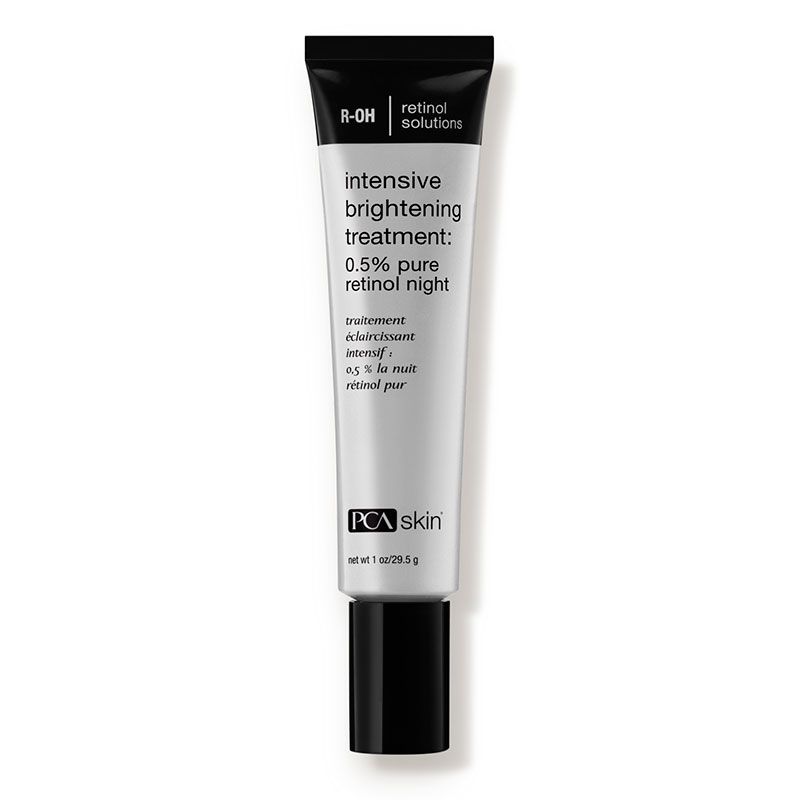
1. Use a retinoid.
While retinoids can help prevent acne scars, they’re also a great option for treating them if you’re already dealing with them. Using a retinoid in your skin care routine will stimulate collagen production to fill concave scars and soften the edges. All of this will improve skin’s overall texture.
For her patients, Dr. Henry likes Epiduo Forte, a prescription medication that combines a retinoid with benzoyl peroxide to fight acne and improve skin tone and texture. But if you’re looking for an over-the-counter retinoid option, she recommends one with between 0.5 and 1 percent retinol, like PCA’s. Dr. Zeichner is also a fan of retinoids, and recommends Differin Gel to help boost cell turnover which results in a more even skin tone, texture, and pigmentation.
However, if you have sensitive skin and tend to react to active ingredients, like benzoyl peroxide, salicylic acid, and retinoids, then it’s best to avoid products with those ingredients, says Dr. King. “For post-inflammatory hyperpigmentation in sensitive skin types, I would recommend avoiding any products that are irritating the skin enough to cause inflammation and potentially additional post-inflammatory hyperpigmentation because this will be counterproductive,” she adds.
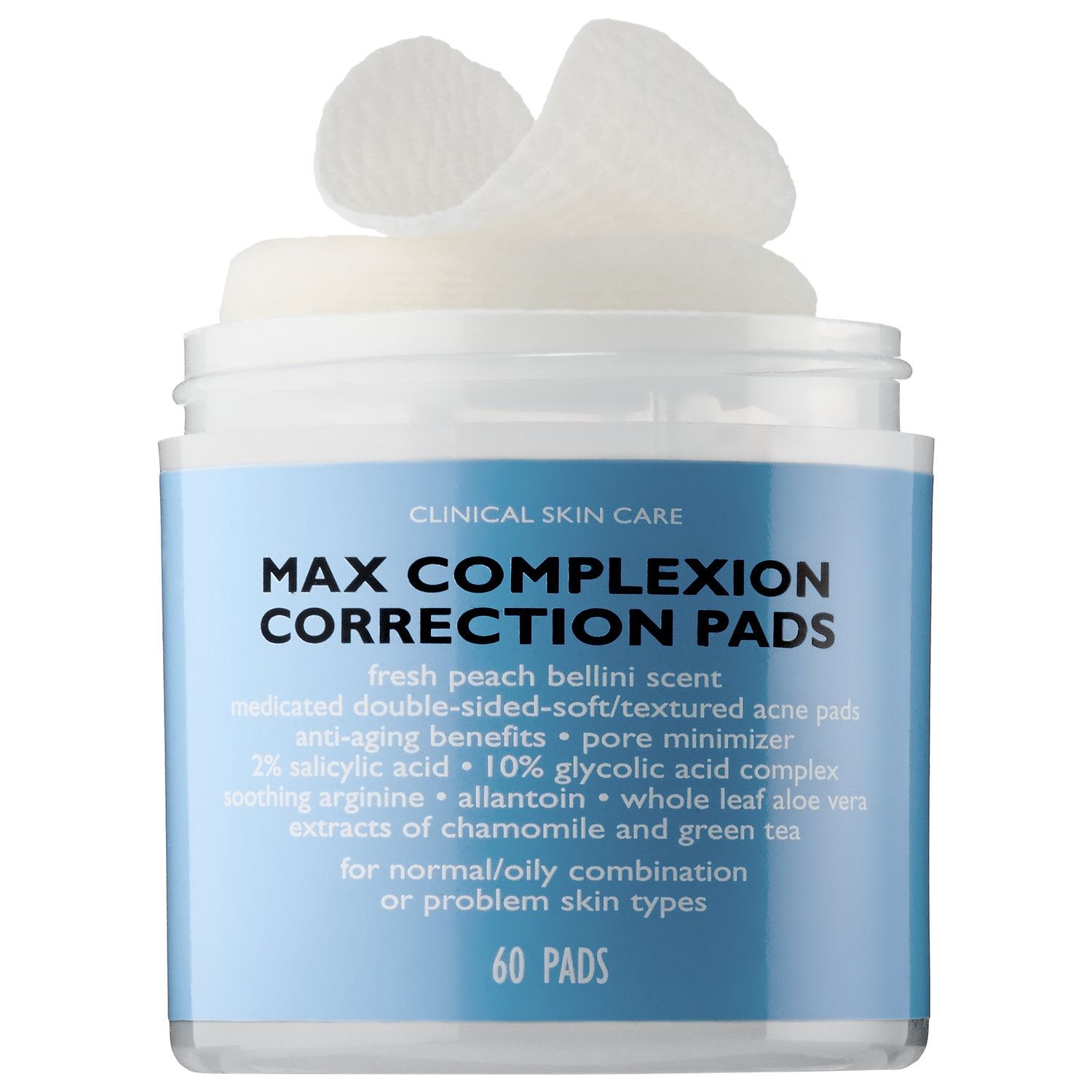
2. Up your exfoliation game.
Apply a product with glycolic acid to get rid of dead skin cells. Think of it as chemical sand paper—it will soften and smooth the edges of your scar over time. These peel pads from Peter Thomas Roth contain 10 percent glycolic acid plus two percent salicylic acid to exfoliate your skin and treat acne scarring, says Dr. Chang.
3. Glow with vitamin C.
Dr. Zeichner typically recommends vitamin C to his acne patients. “A potent antioxidant that blocks the production of abnormal pigmentation and can lighten dark marks,” he explains.
Shop our Favorite Vitamin C Face Products
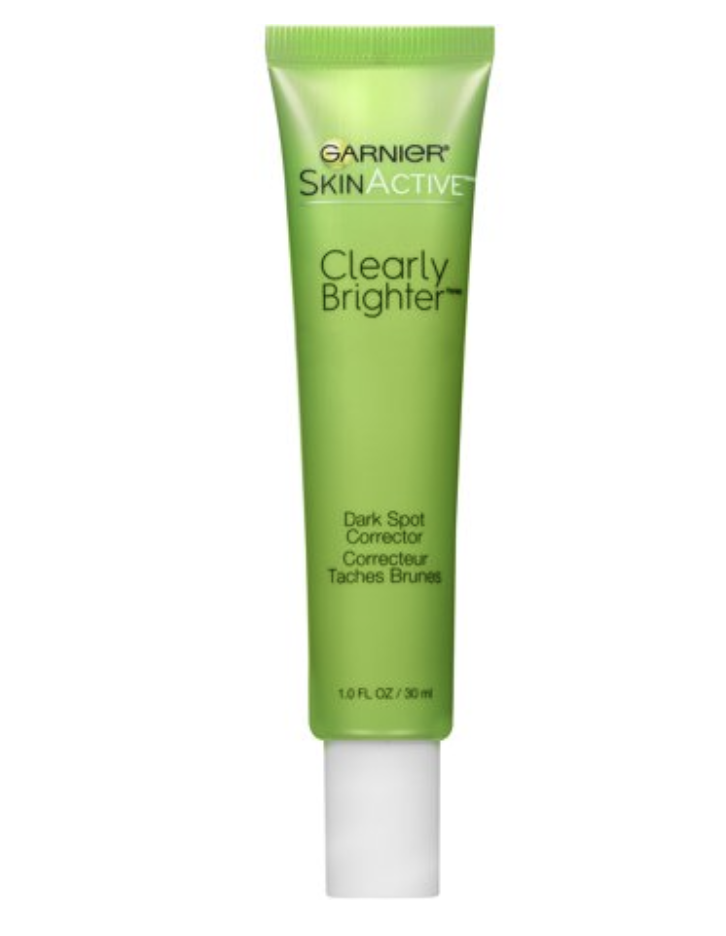

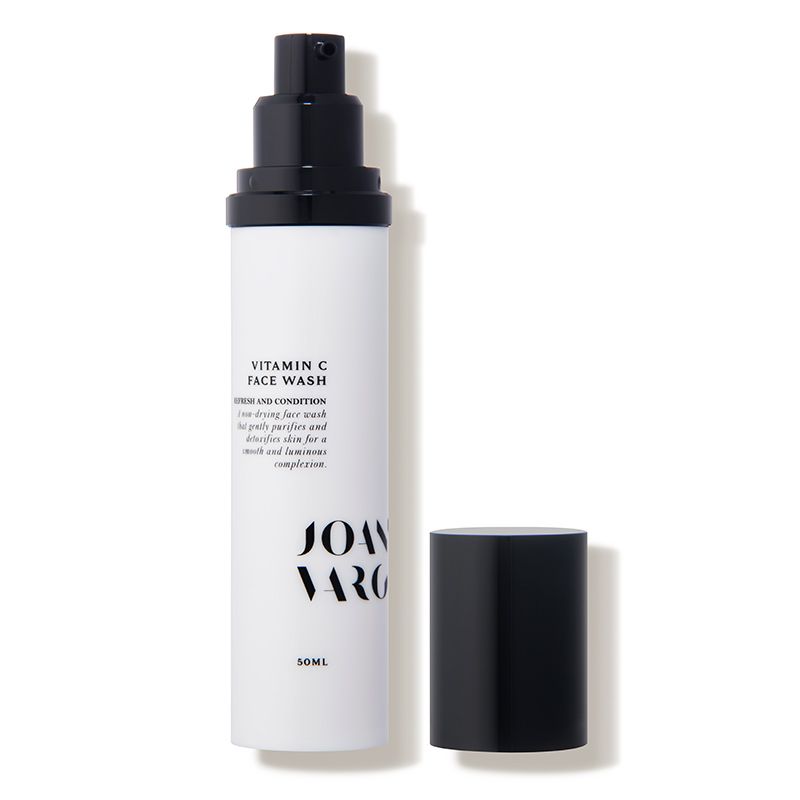
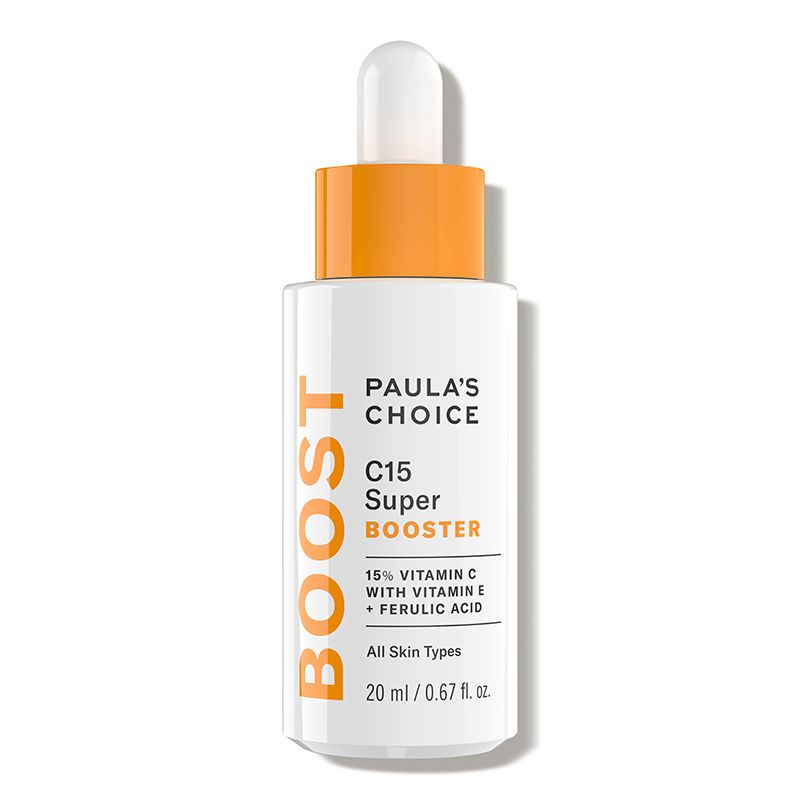

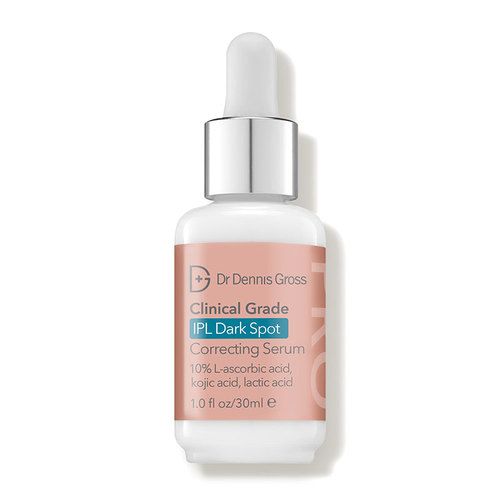
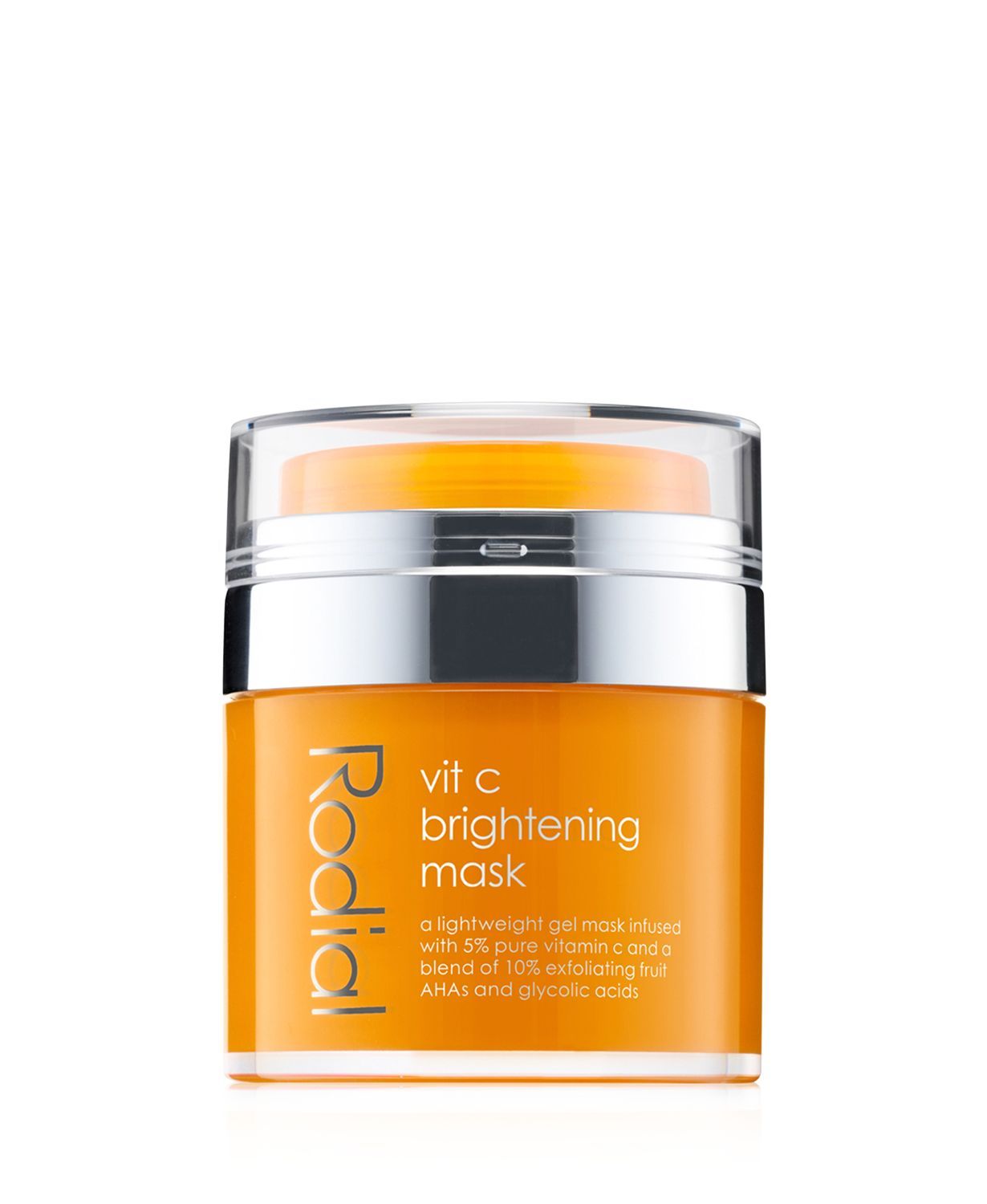
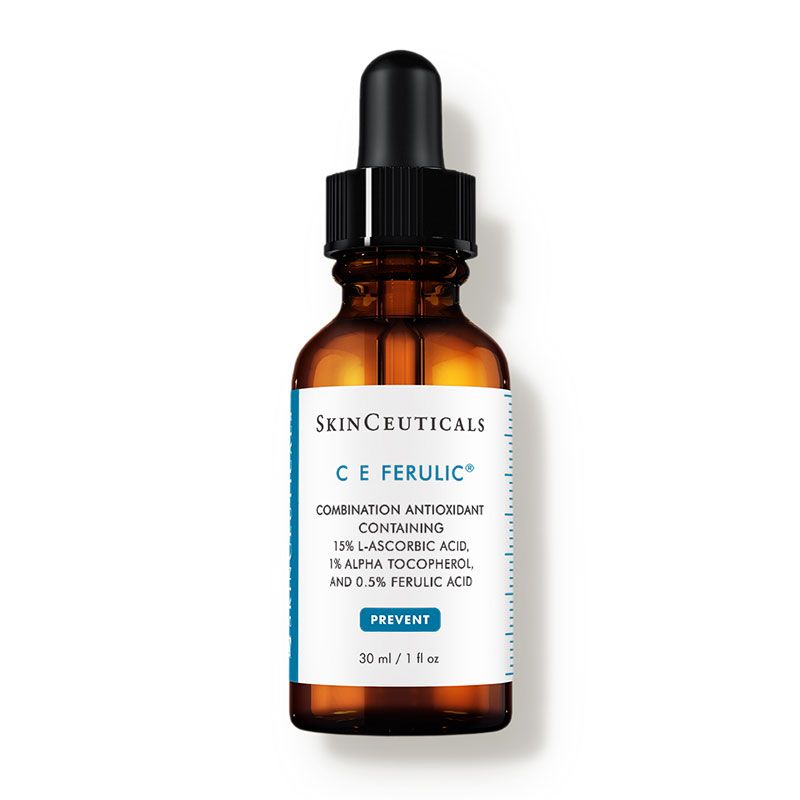
4. Microneedling is an option.
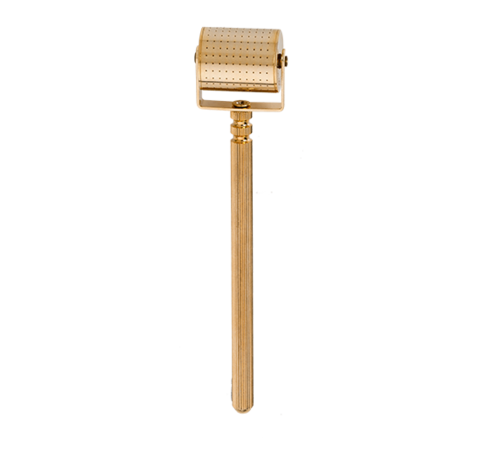
“At-home microneedling can be effective, however you can achieve faster results with medical-grade options,” says Martino. To improve the texture of your skin at home, look for a face roller that uses surgical grade stainless steel like Gold Roll CIT.
5. Don’t skimp on sunscreen.
The most important acne scar treatment in your arsenal is actually SPF. Sunscreens help tremendously with reducing hyperpigmentation associated with scars, says Dr. Henry. Bonus: It also prevents your acne scar from getting any darker.
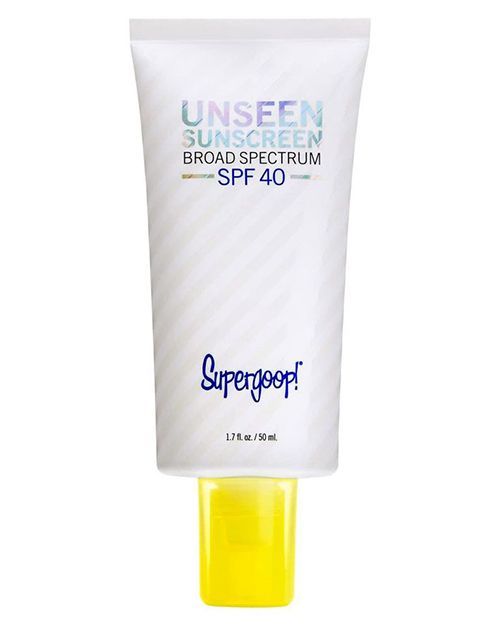
6. It might sound weird, but try to avoid coconut oil.
Some people like this ingredient to soothe inflammation, but on the face it can do the opposite. Coconut oil can actually clog pores and cause scars, says Dr. Henry.
What treatments do dermatologists offer?
1. For faster results, try a laser resurfacing treatment.
Dr. Henry recommends the Fraxel Dual laser or Lutronic Infini laser for acne scaring, specifically for rolling or boxcar scars. Both lasers create micro injuries in the skin (don’t worry, they’re basically invisible), which activate the production of collagen as they heal.
If you’re noticing more post inflammatory redness than brown pigmentation, ask a derm about the VBeam or IPL laser, both of which target the red capillaries.
2. Do a chemical peel.
In-office chemical peels, like the Sensi peel by PCA and the VI Peel, can improve skin’s tone and texture, helping to reduce the appearance of scars. While these can be good for rolling and boxcar scars, ice pick scars may require a more intense peel, like TCA (trichloroacetic acid) cross therapy. In this treatment, high-strength TCA is applied to the base of the scar to induce healing.
3. When in doubt, ask your derm about cortisone.
For raised (hypertrophic) scars, Dr. Henry often treats acne scarring with a shot of dilute cortisone to reduce inflammation and help flatten the scar.
4. Fillers are a temporary but effective option.
“Fillers can help with a few residual scars,” says Dr. Gohara. The procedure’s effects don’t last forever, but having your dermatologist inject hyaluronic acid into your scars will fill the divot and make it flush with the rest of your skin for a few months. Skin naturally produces hyaluronic acid anyway, as its way to keep the skin plump with moisture, so the injection will act like a micro sponge and attract moisture to the injection site.
5. You could ask about dermabrasion, too.
The process, which essentially sands down the skin with an exfoliation tool, will even out the skin by reducing the top layers of the skin allowing it to appear more even overall, Dr. Gohara explains.
6. And then there’s always surgery.
It’s nothing too invasive. Depending on the type and amount of scars you have, your dermatologist might be able to cut out the scar completely and give the skin a second chance to heal differently, Dr. Gohara says. In most cases, though, the surgery would have to work in tandem with creams, medication, and/or laser treatments to give you your desired results. So, be prepared to have to rely on a few other treatments as well.
This article is part of Women’s Health 2020 Acne Week. Click here for more.
Source: Read Full Article
